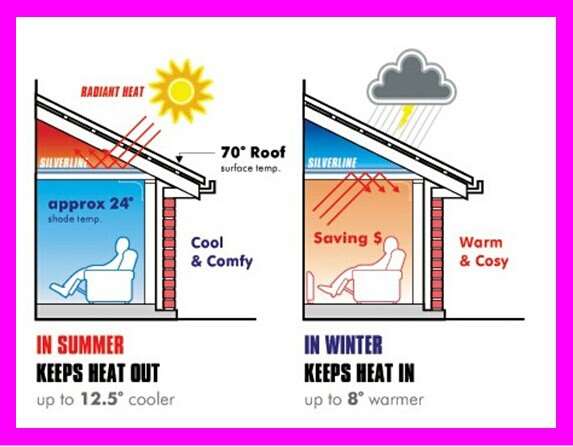Talked about thermal insulation in last couple of blogs and how it is more cost effective than additional energy generation (1 unit of energy saved is equivalent to 2.75 units of energy generated). Buildings consume almost 40% of energy generated and almost 65% of this consumption goes into heating and cooling inside ambience. If we are able to save 40% of this heating/cooling load (very easy with KOOLTILE/KOOLSHEET overdeck roof insulation, checkout https://www.thepocketindia.com/blogrbs/ koolsheets-flat-roof-insulation, it shall be equivalent to generating an additional 30% electrical power and well imagine the investment saved and the cost of generation saved and then the CO2 generation saved and thus the global warming prevented and so on and so on. One can easily fill in the value figures and then be astonished by the results.
What is thermal insulation ?
In the context of building, thermal insulation is an additional thermally insulating layer added to the building envelope (the skin of building which encloses the inside space), which prevents / resists incursion of the outside atmospheric temperature to the ambience inside.
How is thermal insulation measured ?
This is the reverse of something called thermal transmittance or U value of the envelope part (i.e. Roof, wall or fenestration) and is called the R value(Total) of the envelope. The U Value is measured as Watt hours of energy conveyed every hour through every square meter area of building envelope with a temperature difference between outside and inside of 1 degree centigrade (W/sq.m deg C).
The total thermal resistance of the building section (i.e. Roof or wall) is R (T) or R Total and is equal to 1/U.




Pingback: Exterior Insulation System Skins are very strong and resilient ⋆ Greengineers Construction Blogs Exterior Insulation System Skins are very strong and resilient